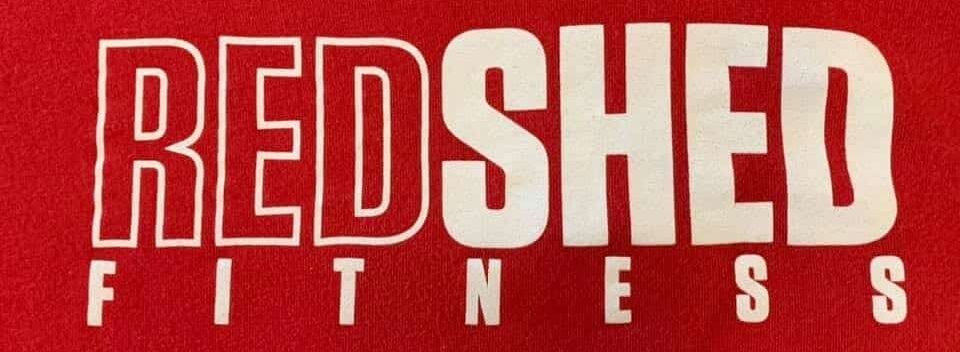Programming workouts for a living has an ebb & flow to it. When I look around at the really good programmers, it's hard to tell how they manage programming for group fitness because most of the stuff they put out is for individualized athletes, or competition training. So I do my best to pull out the valuable pieces of that stuff and try like hell to infuse the evolution of strength & conditioning and apply valuable methods like CrossFit, energy systems training and functional bodybuilding. It's almost an oxymoron to say we are experimenting with the basic principles of training… but that pretty much sums it up!!
What we know, based on experience, is that you can teach yourself to do anything… you can learn how to squat properly and have that lead into functional strength, speed and power to lift heavy objects to the front rack and/or overhead. You can learn how to sync spinning a jump rope with hopping… and yes, you can teach your body to pull itself up to a pull-up bar. You can train yourself to adapt to aerobic activity with increased duration and/or intensity over time. Regardless of where you fall on the spectrum of strength & conditioning, you can practice something to the point of mastery… like teaching an old dog new tricks! (I say that because we have a large number of Masters Athletes at the shed)
The hard part of grasping this concept is understanding the idea of time… it takes quite a bit of time to implement enough repetitions in order to get cells to fire together… and cells that fire together will eventually wire together… leading to an automated response to any particular stimulus you are practicing or training. Living in a time where instant gratification is the norm, this creates a serious dilemma for fitness professionals and coaches! Who really wants it bad enough to put in the time to go back to practicing and mastering the basic principles of fitness and movements? And another question is how many coaches and trainers are willing to risk forcing their athletes to do such a thing?? Seems like career suicide! Point made? Point taken?
Simply put… implementing a foundation phase can provide opportunity to get in those super, high quality reps under light to moderate load in order to maximize the potential to get cells to start firing together under the right circumstances. That will then lead to a strength building phase where your body would then adapt to increased loads/decreased reps, all while keeping the focus on mastering technique, body positioning and breathing. Finally ending the periodization with some simple heavy stimulus training, which allows for more adaptation to external loading with long rests and low reps… ultimately stimulating your CNS (getting all of the wires to touch!). This is super appropriate for strength training and weightlifting… but what about our other energy systems?
We can periodize aerobic capacity and lactic power and endurance the same way… just by manipulating time domains, rest periods and the percentage of emphasis on external loading in mixed modal activities.
Really, the point of writing this is so you understand that your body and mind will adapt. If we keep the progressions simple, and we keep the training stimulus balanced… we should see an adaptation over time, which would result in steady progress over time. However, if we over-stimulate and neglect a balanced approach, we would see an initial spike in progress followed by a steady decline due to over-training and lack of recovery time.
Which leads to my next comment… regarding resting and recovery. It takes energy for your body to recover from the training we do at the shed. Energy = calories… so if you are not properly feeding/hydrating and resting your body, it will take longer for it to do the work required to recover energy systems and repair muscles. Understanding this concept and implementing it are probably the hardest part of any training program… especially CrossFit, which is flooded with an overwhelming amount of advice and strategies from professional fitness athletes. I can tell you from my own personal experience… full-time CrossFit will age you rapidly, but implementing it as a tool to create fitness and influence health metrics works effectively and is totally appropriate for everyone. Again… for some coaches it's career suicide to tell athletes to go home, or call them out for over-training… but until proven otherwise, we know what works and how to stay healthy and strong for the long haul… volume is not the answer!!
Finally… the cap! Why the cap? Simple answer here… caps on WODs are put in place because 1) we are always working under time constraints… 2) they are there to add a sense of urgency… and 3) they are sometimes there to save you from a marathon of struggle and mental torment. So how do you know what to do, or how to finish under the cap? First, look at the workload… is it simple or complex? Do the complex movements have scaled options? Second, what about the external loading? Does the external load seem heavy, moderate or insignificant to you? Lastly, compare the volume to the time cap and consider transition times, along with the cumulative effect of the workload… a safe assumption is 2-5 seconds per rep with at least a 5-10 second drop-off per round of work.
Most of the time, if you lighten the load or scale back the complex movement or skill, you will finish under or at the cap and get the high intensity, urgent stimulus we are designing for you and everyone else. Other times you may want to test yourself under a certain load or in a certain skill, knowing the time cap would save you… this is totally appropriate, as long as the intensity level is where it needs to be and you are ok with actually stopping at the time cap instead of finishing the WOD… leading to a bit of pressure on the coach who is working under some time management constraints (there are times when finishing is totally the way to go… but when you are 1-2+minutes over the time cap, that's missing the point of the WOD). Think of a 10:00 time cap like this… if I finish at or under the time cap, I have pushed myself close to the point of no return AT 10:00 OR upon completion of the workload. If there is any fear you won't make the cap, you should be channeling your inner athlete to push as hard as you can (relatively speaking) to get as much work accomplished before time expires! Caps are not penalties people, and not making the cap shouldn't diminish your efforts… you end up where you end up based on how you feel and perform on any particular training day… the goal is to learn, adapt and survive to train another day!!






Great entry, love the insight into the programming and how much thought goes into these workouts.
Really interesting. Thanks for giving a window in to your thought process.
survive to train another day!
Thanks for these insights